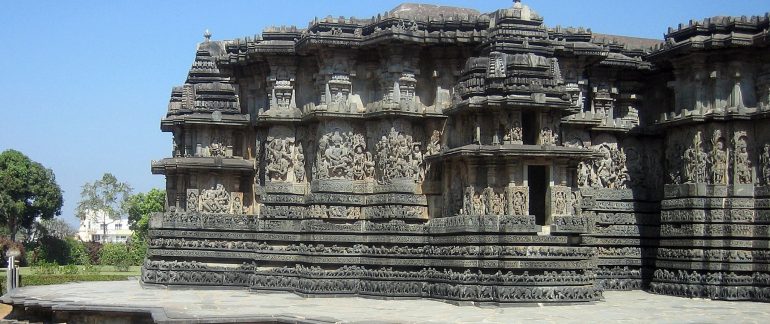
A TASTE OF RELIGIOUS ARCHITECTURE
By Jason Jourdan
This week on #TRLT Twitter chat we are discussing “Architecture” so I decided to take a closer look at the miraculous variety of architecture created by various religions around the world. Having traversed overland from Asia to Europe and down into Africa, I have had the privilege of listening to the mesmerizing call of prayer sung from the top of minarets and watch men bow down in prayer, smell the incense and listening to monks chanting within numerous Buddhist temples, light candles in churches and eat among people of all background in the Sihk’s holy Golden temple in India. The architecture alone is a fascinating reason to be drawn to these homes of worship.
Below I’ve gathered a few samples of the variety of historic and beautiful architecture.
Zenkov Cathedral: Russian Orthodox
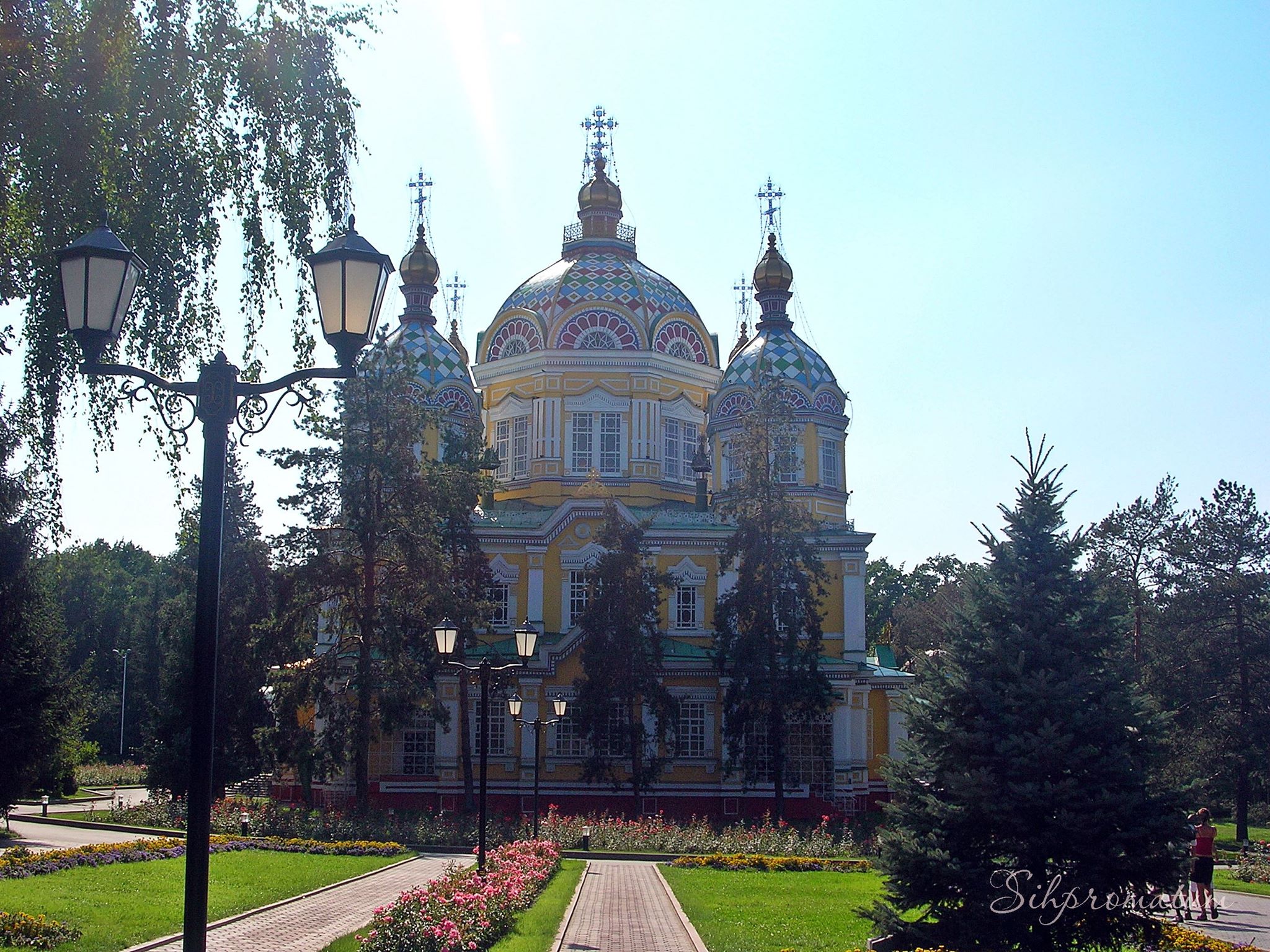
This gorgeous, 110-year-old yellow cathedral is located in Almaty, Kazakhstan. Built entirely of wood, this masterpiece was constructed without the use of a single nail. Of Russian Orthodox faith, I loved listening to the mesmerizing voices of the choir echo in the vast halls.
Great Mosque of Djenné: Islamic

The largest mud brick structure in the world, it is quite a trek to get to this unique mosque in Djenne, Mali. We stopped in Djenne and saw the massive mud structure on our way to visit Timbuktu and were not disappointed. This grand mud structure, 100 m (328 ft) long and 40 m (131 ft) wide, became a World Heritage Site 1988 and rightfully so as I’ve never seen anything that compares to it.
Golden Temple: Sikhism
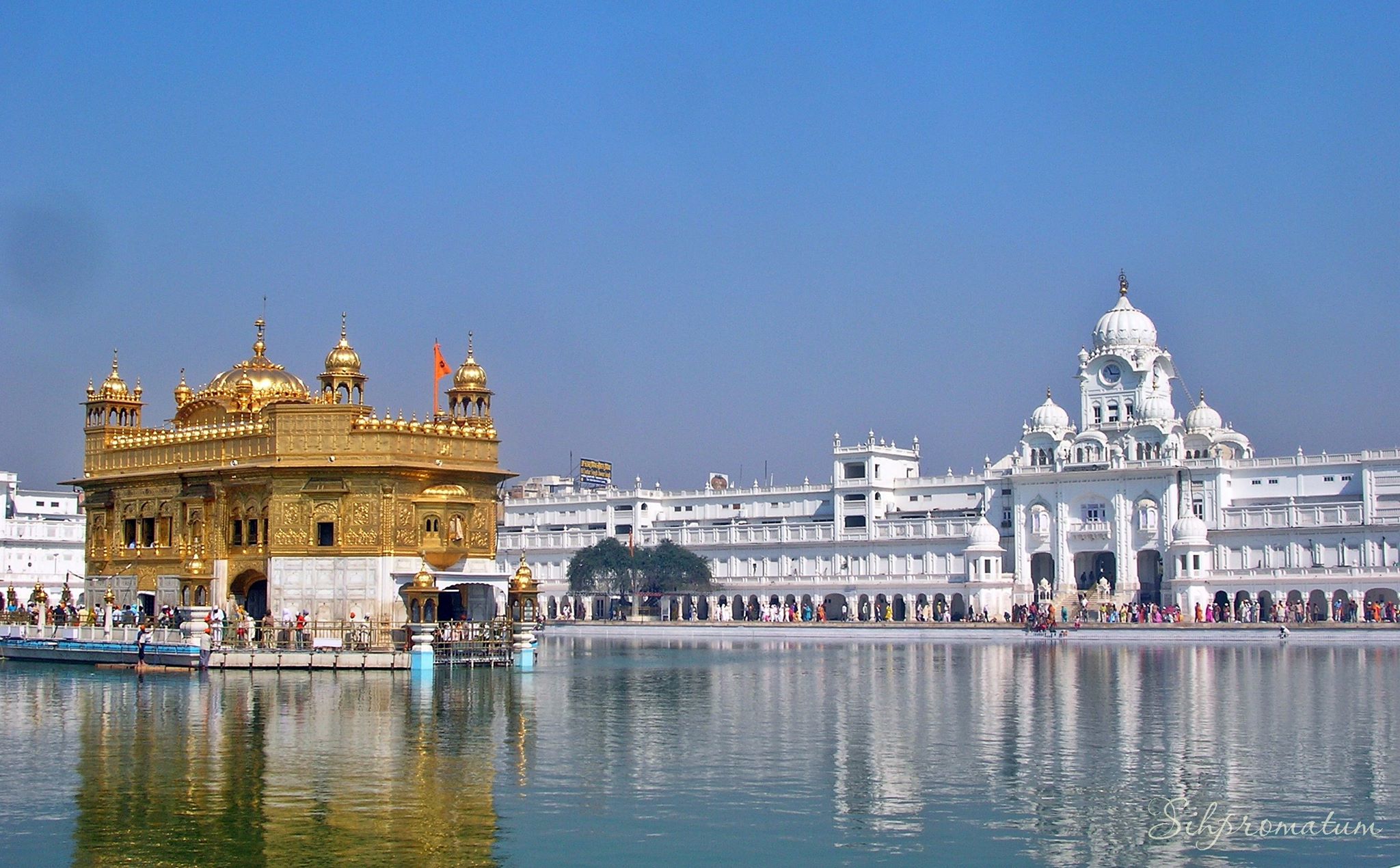
The Golden Temple in India is the holiest of sites in the Sikh religion, like Mecca to Islam or Bethlehem to Christianity. The three level temple, plated with real gold, is situated in the middle of a lake surrounded by a 12m (40ft) wide marble walkway. To get to this area everyone must have their heads covered, be barefoot, and walk through water pools to wash their feet.
The most remarkable part of the Golden Temple is its langar (kitchen) which feeds 40,000 people a day for free and hasn’t missed a single day in 450 years!
Temple of Garni: Hellenistic, Pagan and Greco-Roman
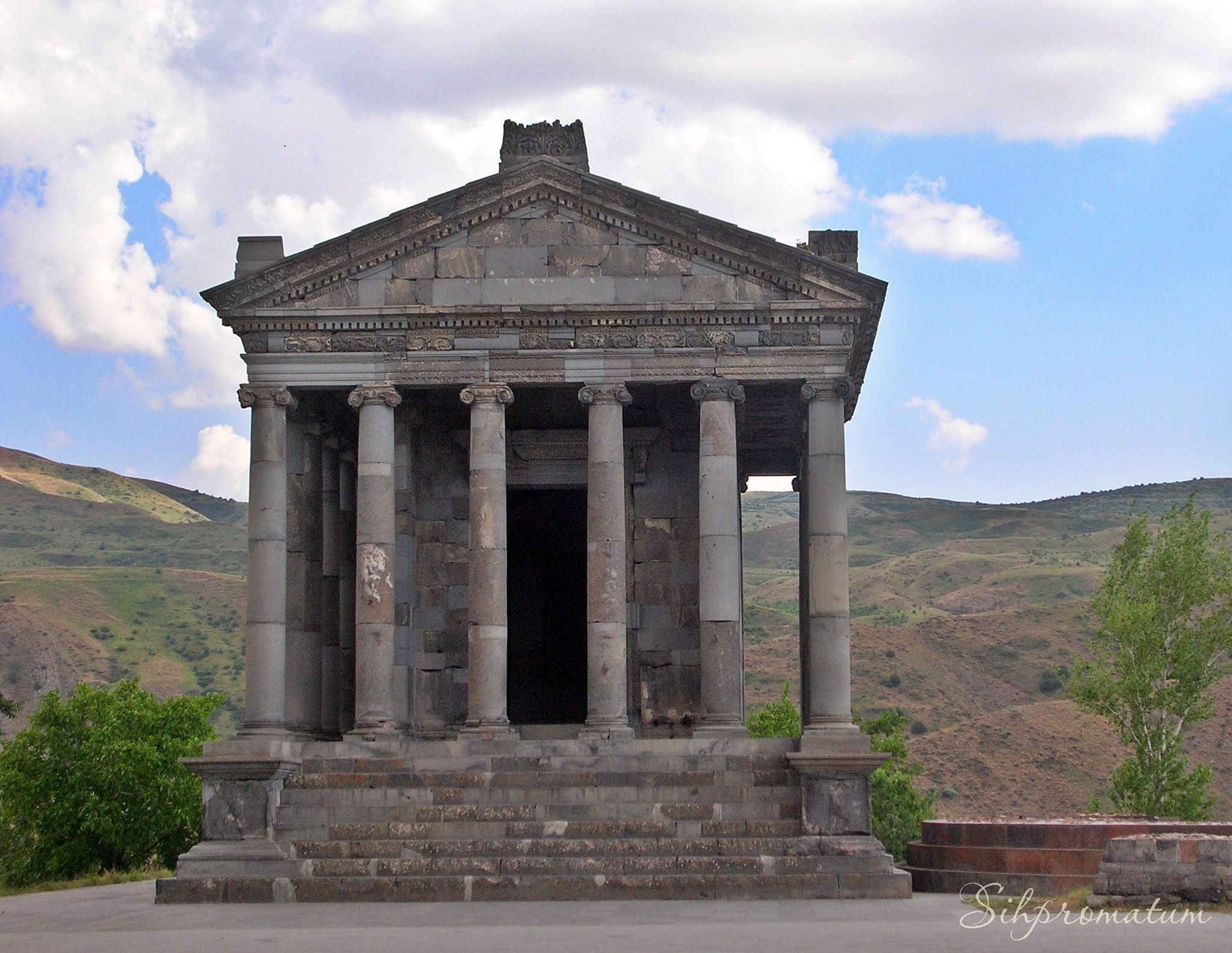
Possibly dating as far back as 1BC, built in a fantasy-like Greco-Roman architecture style of basalt stone. It is situated on a cliff surrounded by deep gorges in Armenia.
Hoysaleswara Temple: Hinduism
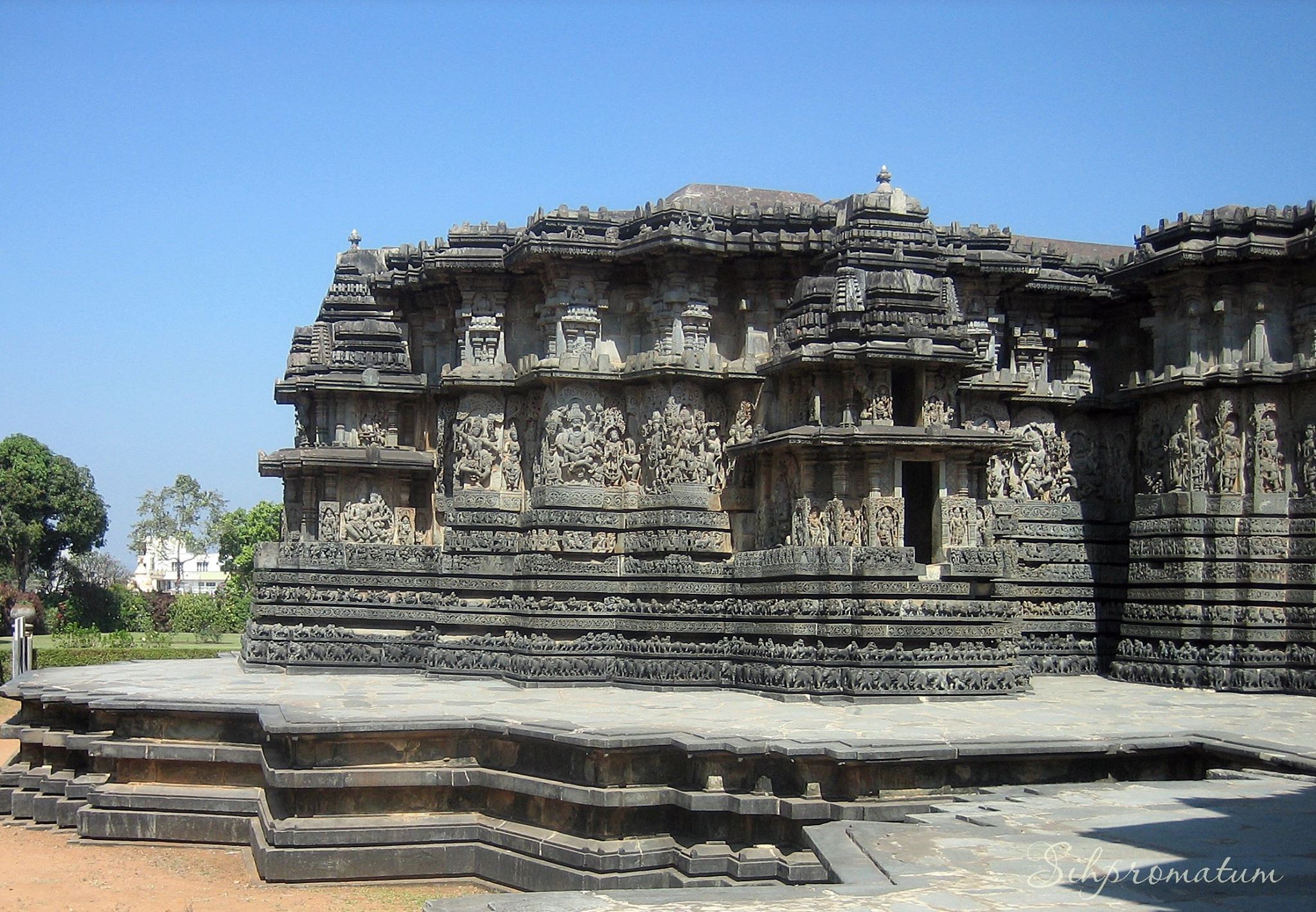
Hoysaleswara temple, also known as Halebidu temple, is a 12th-century Hindu temple, the largest monument in Halebidu. It has many intricate Jain carvings, one of my personal favorites.
Luxor Temple: Polytheistic
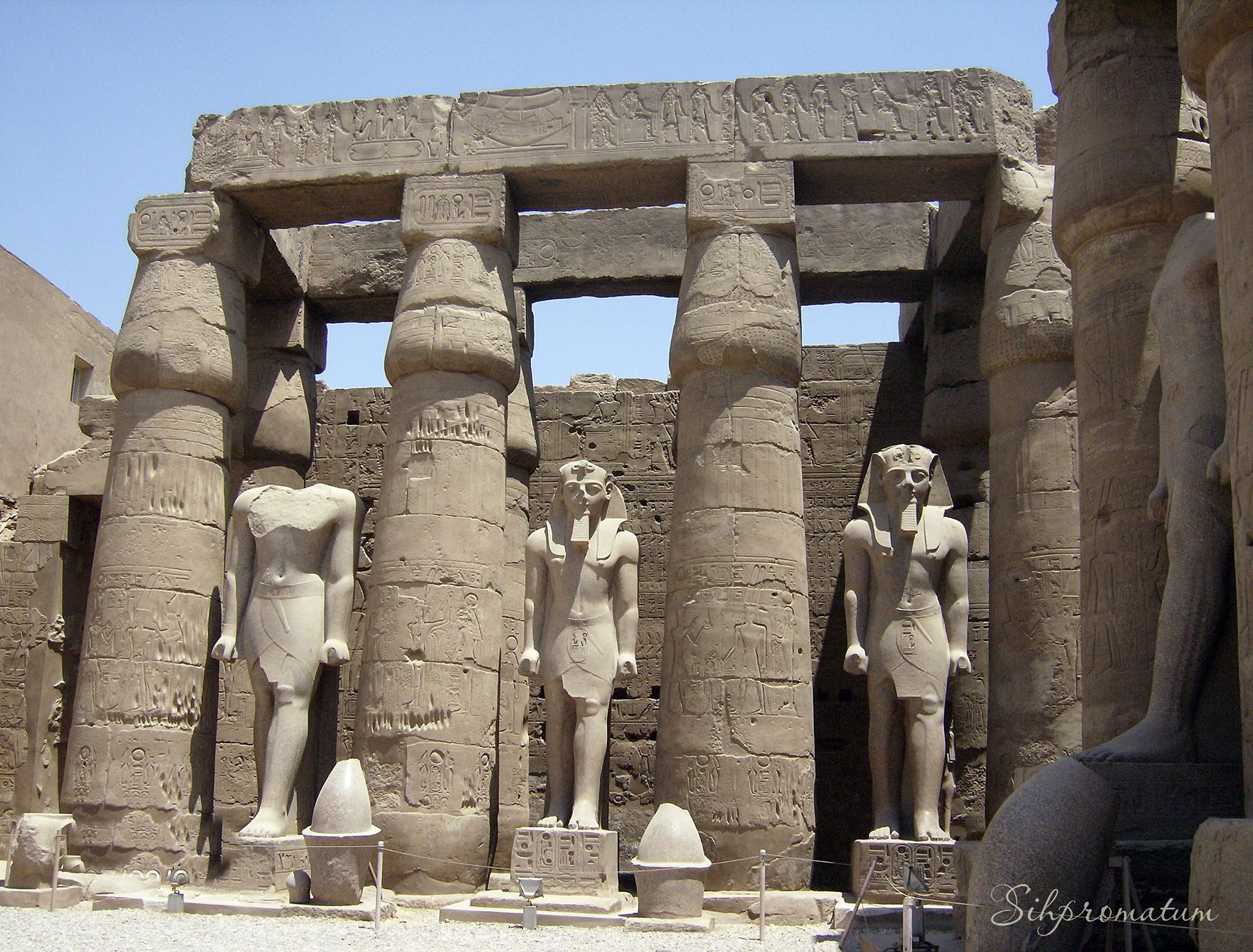
This temple complex was amazingly constructed in 1400 BC and was dedicated to the king of Gods, Amon and his family. One of the most well preserved temples in Egypt, it is constructed of tall papyrus columns, statues and relief carvings. Ancient Egyptian religion was very complex with polytheistic beliefs and rituals which made up such a major part of the Egyptian culture and society.
Potala Palace: Tibetan Buddhism
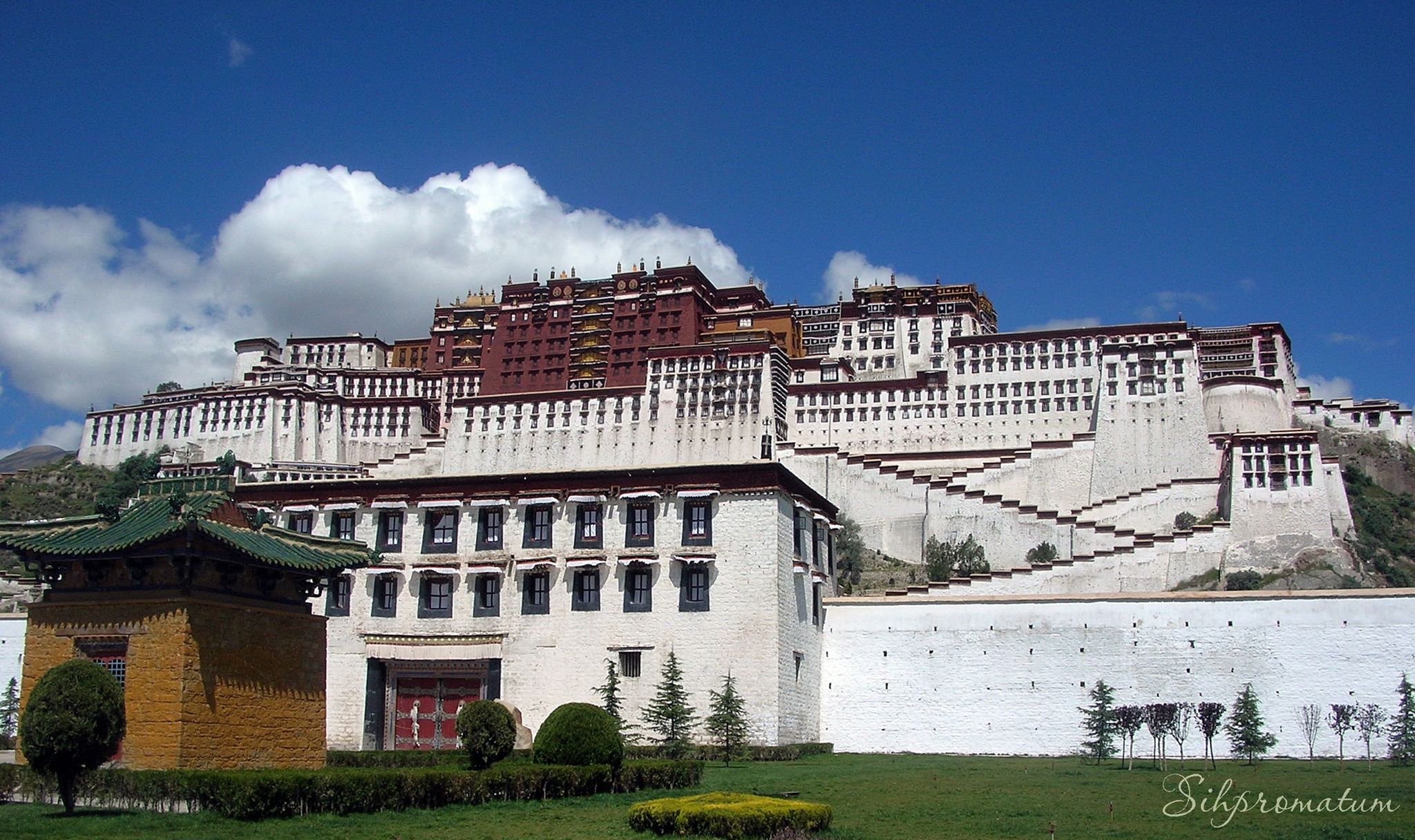
The Potala Palace, is a huge, thirteen-story monastery with white staircases and dozens of
windows with rusty-red accents that looms over Lhasa. Founded in the 7th century, the Jokhang Temple Monastery is a highly important Buddhist complex.
The interior has walls draped with tapestries, smokey incense, half burned candles with wax dripping down the wooden holders and colourful paintings. It was quite dimly lit within, making its thousand rooms, ten thousand shrines, and about two hundred thousand statues, feel even more like a maze.
